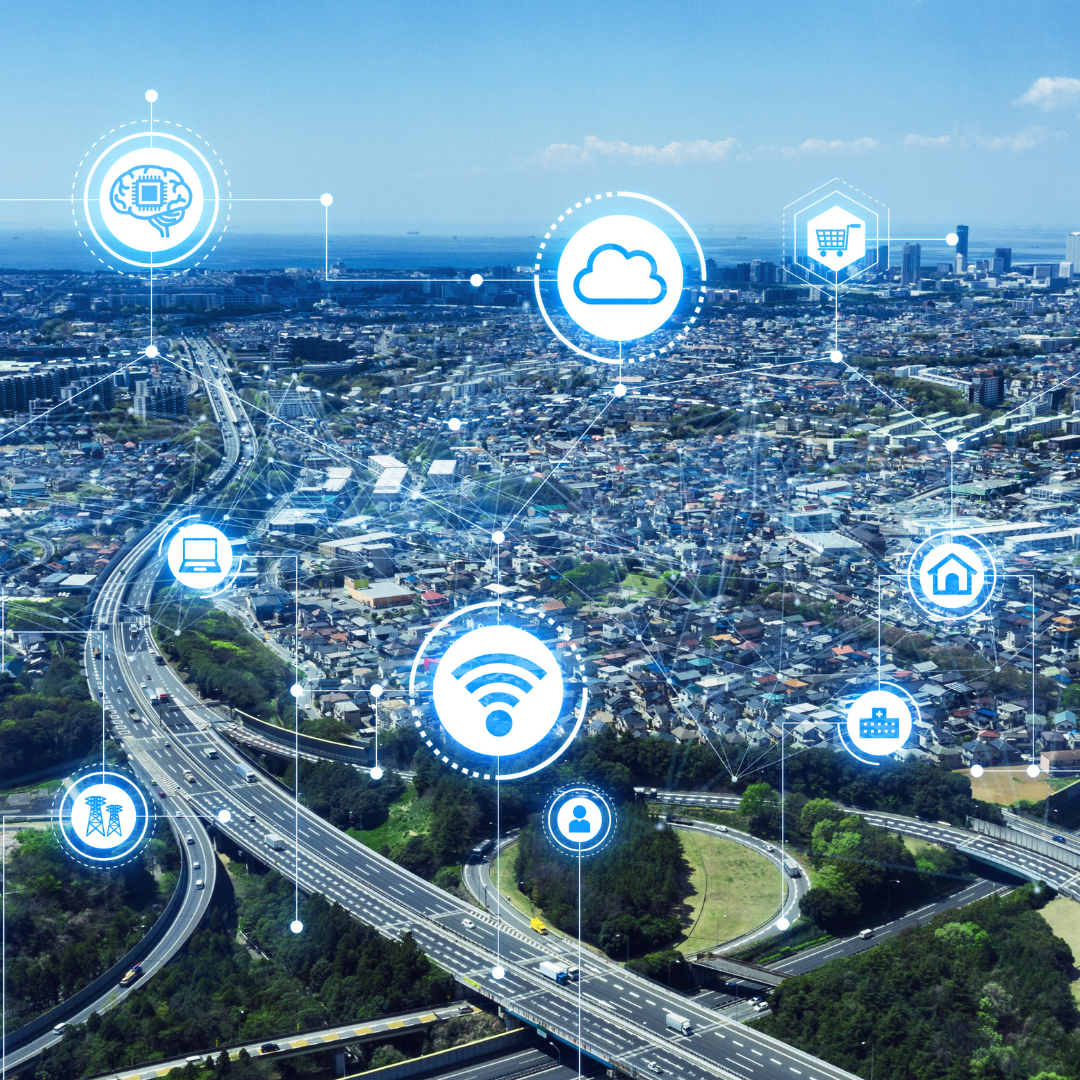What is the Difference Between Robotic Process Automation and AI?
2022-09-12 12:59:01

In South Africa, more than 60% of workers are already using generative AI tools regularly, with 21% incorporating them into their daily tasks. This level of adoption surpasses that of countries like France, the United Kingdom, and the United States, reflecting a strong embrace of emerging technologies.
Digital process automation is rapidly transforming industries across the globe. From banking to healthcare, businesses are embracing automation software solutions to boost productivity and reduce costs. South Africa is also witnessing significant growth in office automation solutions, with various industries integrating these technologies into their daily operations.
Despite their widespread use, Robotic Process Automation (RPA) and Artificial Intelligence (AI) are often confused. Although they share similarities, they serve distinct purposes. Understanding the difference between RPA and AI is essential for selecting the right tools for specific business needs. This article will explore these differences and highlight how each technology can be leveraged effectively.
What is Robotic Process Automation?
Robotic Process Automation refers to software solutions designed to execute specific, repetitive tasks based on predefined rules. These programs do not require creative input or decision-making capabilities; they simply follow instructions to complete tasks efficiently.
For example, businesses often use RPA to manage data transfers, input information into systems, and automate routine electronic processes. One practical application could be using RPA to extract customer feedback from surveys and compile the information into a consolidated report.
The term "robotic" in Robotic Process Automation signifies its ability to handle tasks that do not necessitate human judgment or creativity. It focuses on rule-based activities that are consistent and predictable, making it a key component of business process automation.
Benefits of RPA
RPA offers several advantages, particularly in automating tedious and repetitive tasks commonly encountered in office automation systems. By handling these routine activities, RPA enhances efficiency and allows employees to focus on more complex and valuable tasks.
One of the key benefits is the elimination of human error. Unlike humans, RPA systems do not experience fatigue, ensuring consistent and accurate performance. This reliability reduces the likelihood of mistakes, which can be costly for businesses.
Additionally, Robotic Process Automation is cost-effective. It reduces the need for additional hires by automating routine tasks, leading to significant savings on operational costs. However, it is important to note that RPA is limited to simple, rule-based tasks and cannot manage processes that require nuanced decision-making, unlike AI and RPA solutions that offer a broader scope.
What is Artificial Intelligence?
Artificial Intelligence represents a more advanced form of process automation solutions, capable of "thinking" and learning from data. Unlike RPA, AI can adapt to new information and modify its responses based on changing circumstances.
AI is prevalent in everyday applications, such as digital assistants like Siri or Google Assistant and facial recognition technology. In more specialised fields, AI can analyse and evaluate artworks by identifying patterns from existing data.
In the business context, Artificial Intelligence is invaluable for deriving actionable insights from large datasets. Companies use AI to improve efficiency, optimise operations, and enhance profitability by making data-driven decisions. This is particularly beneficial for business and technology solutions companies seeking to stay competitive.
Benefits of AI
One of the primary strengths of AI is its ability to conduct advanced data analysis. It can detect patterns and trends that may be overlooked by human analysts, leading to more informed decision-making processes. This capability is especially valuable for companies using document management systems to organise and analyse their data.
Artificial Intelligence also contributes to generating innovative ideas and solutions. Its unbiased approach allows it to offer perspectives beyond human capability, providing fresh insights into complex problems.
Unlike RPA, AI excels in handling tasks that require interpretation and judgment. It can process intricate data sets and adapt to new information, making it suitable for more complex applications, including workflow automation and document management solutions.
Moreover, AI optimises workforce utilisation by automating sophisticated tasks. This enables employees to concentrate on strategic roles that drive business growth and innovation, often supported by business technology solutions.
The Difference Between RPA and AI
While both RPA and AI aim to enhance efficiency through automation, they differ significantly in their functionalities. Robotic Process Automation is confined to simple, rule-based tasks that follow a set structure. It excels in executing repetitive activities with precision, making it a core part of office automation tools.
In contrast, Artificial Intelligence is adaptable and capable of handling complex, decision-based tasks. It learns from data, evolves over time, and can manage situations that require critical thinking and analysis.
Despite their differences, RPA and AI can complement each other within a business environment. By combining the two technologies, companies can streamline operations and achieve greater efficiency. RPA can manage repetitive tasks, while AI can address more complex challenges, creating a balanced and effective automation software solutions strategy.
Benefits of Combining RPA and AI
| Benefit | RPA's Contribution | AI's Contribution |
|---|---|---|
| Increased Efficiency | Reduces manual workload for repetitive tasks | Optimises decision-making for complex tasks |
| Cost Savings | Lowers labor costs by automating routine work | Reduces errors and improves productivity |
| Scalability | Easily deployable for structured tasks | Adapts and improves over time |
| Improved Accuracy | Ensures consistency in rule-based tasks | Learns from data to enhance accuracy |
| Better Customer Experience | Automates basic interactions | Personalises responses based on data |
Conclusion
Understanding the distinctions between Robotic Process Automation and Artificial Intelligence is crucial for businesses looking to leverage automated business solutions effectively. Selecting the appropriate technology based on specific needs can significantly enhance operational efficiency and drive growth.
For businesses seeking tailored technology solutions for small business, Daisy Business Solutions offers expert guidance and support. Contact us to explore how RPA and AI can be integrated into your operations to achieve optimal results with the latest office automation software and document management services.


